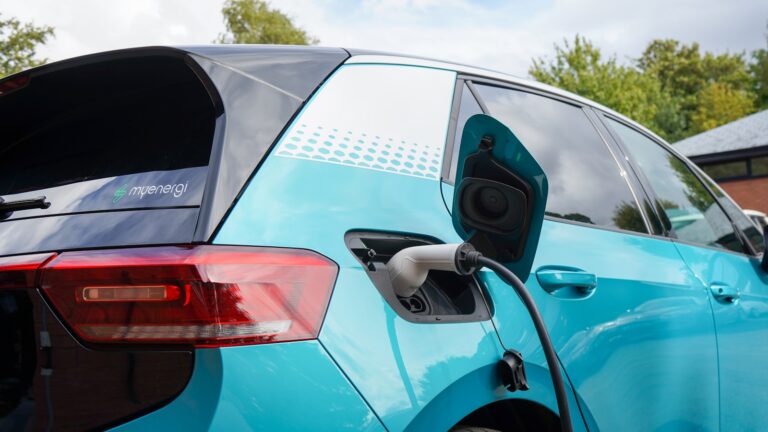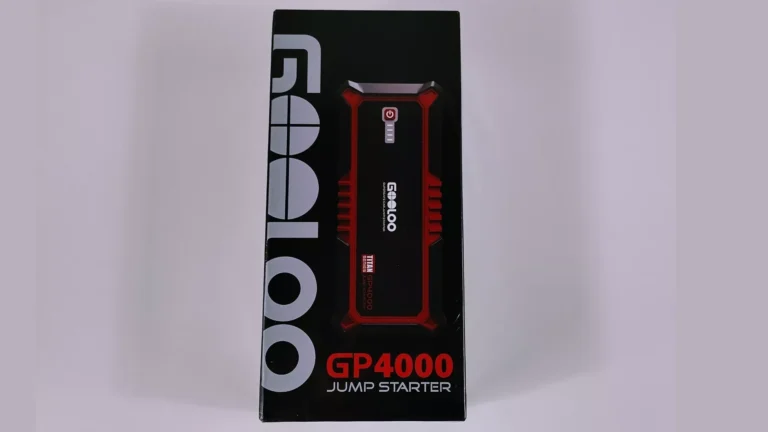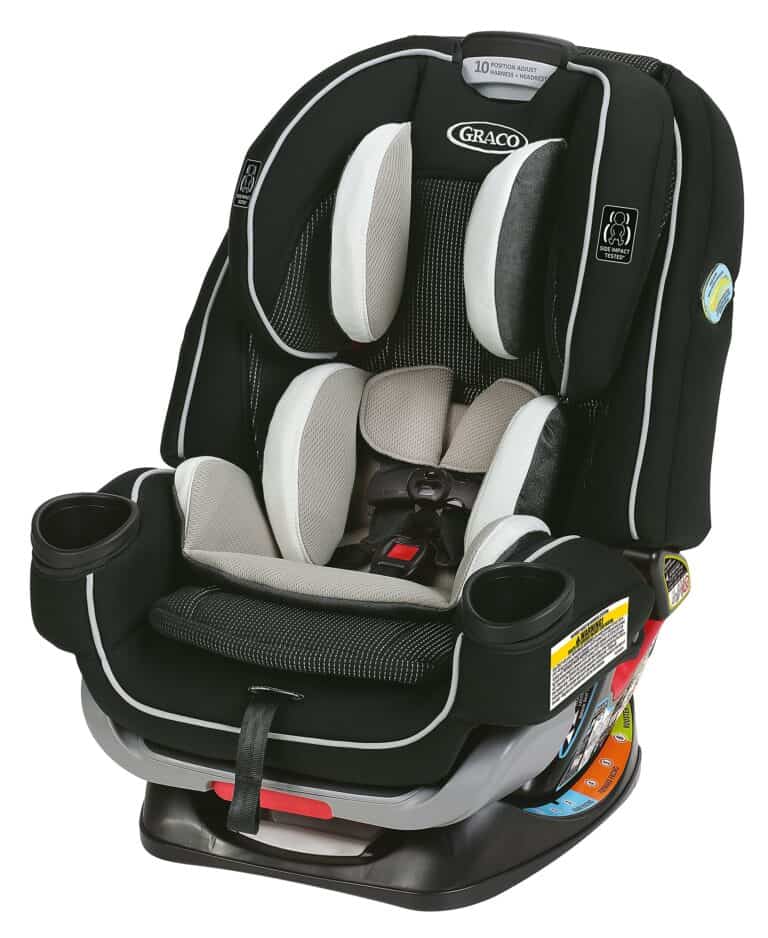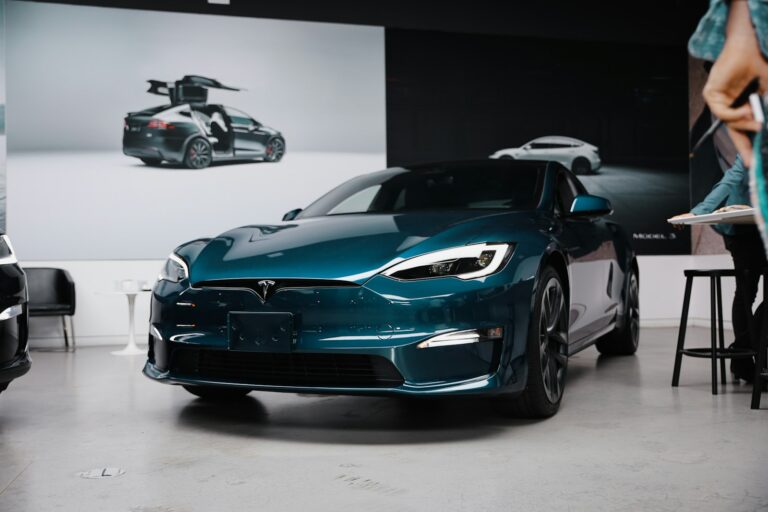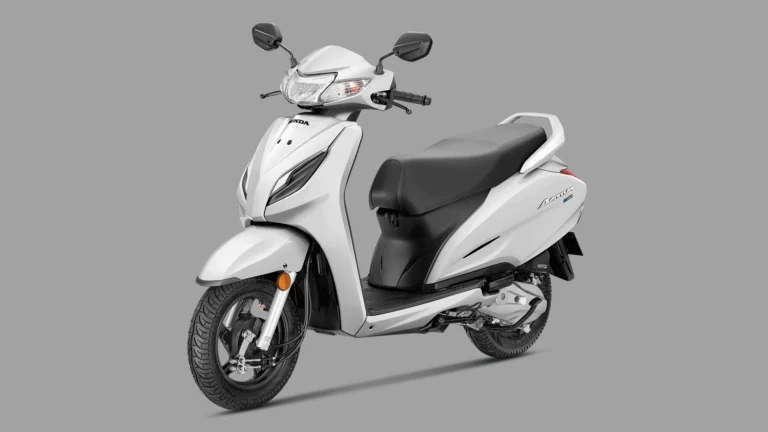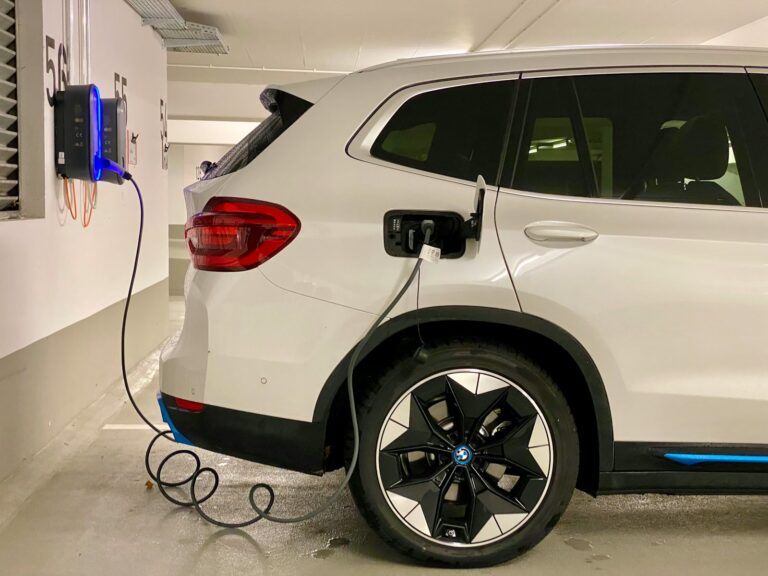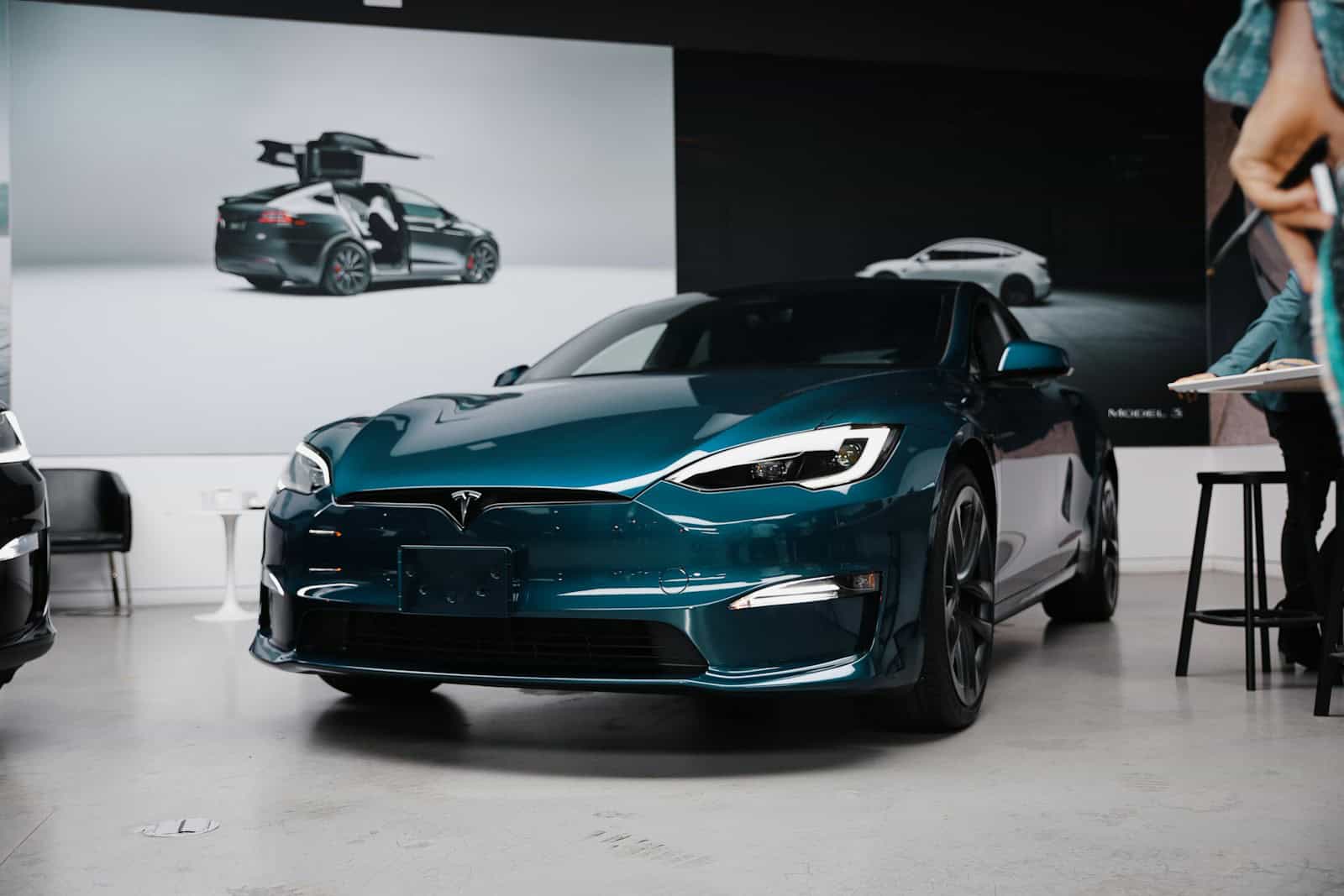
In a major shift poised to reshape the U.S. auto market, a new executive order signed on April 29, 2025, imposes a 25% tariff on imported vehicles—unless they meet strict domestic content standards. To avoid the tariff, vehicles must be built in the United States and contain at least 85% content sourced from the U.S. or USMCA (United States-Mexico-Canada Agreement) countries. So far, only Tesla has crossed that threshold.
Here’s a table showing various car models and their approximate percentage of U.S. or USMCA (United States-Mexico-Canada Agreement) domestic content, based on the latest available data:
| Vehicle Model | Manufacturer | Estimated Domestic Content (%) | Tariff Status Under 85% Rule |
|---|---|---|---|
| Tesla Model 3 Performance | Tesla | 87.5% | ✅ Fully Exempt |
| Tesla Model Y (Base/Long Range) | Tesla | 85% | ✅ Fully Exempt |
| Tesla Cybertruck | Tesla | 82.5% | ⚠️ Partial Tariff Relief |
| Tesla Model S | Tesla | 80% | ⚠️ Partial Tariff Relief |
| Tesla Model X | Tesla | 80% | ⚠️ Partial Tariff Relief |
| Ford Mustang GT | Ford | 80% | ⚠️ Partial Tariff Relief |
| Honda Passport (U.S.-Built) | Honda | ~75–78% | ⚠️ Partial Tariff Relief |
| Chevrolet Colorado | GM | ~70–75% | ⚠️ Partial Tariff Relief |
| Jeep Cherokee (Belvidere, IL) | Stellantis | ~70% | ⚠️ Partial Tariff Relief |
| Toyota Tundra (San Antonio, TX) | Toyota | ~65–70% | ⚠️ May Qualify for Lower Tariff Rate |
⚠️ Models marked with partial relief are below the 85% threshold but may benefit from reduced tariffs depending on their final content breakdown.
These figures are based on AALA data, industry reports, and manufacturer disclosures. Because AALA doesn’t always fully count qualifying Mexican content under USMCA, actual compliance percentages may be slightly higher.
Tesla’s Strategic Advantage
Tesla stands alone at the top. The Tesla Model 3 Performance, with an 87.5% domestic content rating, and the Model Y Long Range and base trims, both meeting the 85% mark, are currently the only vehicles confirmed to be completely exempt from tariffs under the new rule. This gives Tesla an immediate pricing advantage, shielding them from the inflationary pressure other automakers will face as tariffs hit.
This distinction isn’t just a fluke—it’s the result of Tesla’s long-standing vertical integration strategy and U.S.-based manufacturing. With major factories in California, Texas, and Nevada, and a supply chain that heavily favors North American partners, Tesla has unintentionally positioned itself as the blueprint for tariff-era compliance.
Who’s Close But Not Quite There?
While Tesla is the only manufacturer currently clearing the 85% threshold, several models from both Tesla and other automakers are inching closer:
- Tesla Cybertruck – 82.5% domestic content
- Tesla Model S and X – 80% domestic content
- Ford Mustang GT – Around 80% domestic content
Though these vehicles fall short of the full exemption, they may still qualify for partial tariff reductions. For example, vehicles with at least 50% U.S. or USMCA content will only be taxed on 35% of their value in the first year, with tariffs phasing out over time.
Automakers Scrambling to Adapt
The new policy has thrown a wrench into the production strategies of legacy automakers like General Motors, Stellantis, and Honda. Many of their U.S.-assembled models hover around 70–75% domestic content, meaning they’ll need rapid supply chain overhauls to avoid tariff costs.
The pressure is especially intense for global brands with deep ties to Asian and European parts suppliers. While final assembly may happen in the U.S., the underlying components often come from overseas—disqualifying many vehicles from tariff exemption under the new rule.
In response, some automakers are already exploring reshoring initiatives and North American supply contracts to boost compliance. Analysts expect dozens of models to be re-engineered over the next 12–18 months in an effort to hit the 85% mark.
Why the Numbers Might Be Misleading
It’s worth noting that the American Automobile Labeling Act (AALA) data—often used to measure domestic content—does not fully account for qualifying content from Mexico. That means vehicles with substantial Mexican-made parts may be closer to compliance than the AALA figures suggest. Automakers are now re-evaluating their sourcing data to get a clearer picture of where they stand under the new criteria.
The Broader Implications
This rule isn’t just about tariffs. It’s a broader move to re-shore manufacturing and reinforce economic ties within North America. While it’s a clear win for Tesla and a handful of domestic-first automakers, the long-term impact will likely include:
- Shifting global supply chains
- Price increases for imported vehicles
- A greater push toward regionalized production hubs
- Reinvestment in U.S. and Mexican parts manufacturing
Bottom Line
Tesla’s supply chain strategy has paid off at exactly the right moment. With its Model 3 and Model Y already qualifying under the 85% rule, it’s the only automaker poised to completely dodge the new tariffs. Meanwhile, other manufacturers are playing catch-up, with many racing to reconfigure their sourcing and assembly to avoid passing higher costs onto consumers.
This executive order could mark the beginning of a seismic shift in how—and where—cars are made. And for now, Tesla sits firmly in the driver’s seat.
Key Takeaways
- Tesla Model 3 and Model Y are currently the only vehicles that meet the 85% domestic content requirement to avoid the new 25% tariff.
- The Tesla Model 3 Performance has the highest domestic content at 87.5%, positioning it as the most American-made vehicle available.
- Several other American-manufactured vehicles including certain Ford and Honda models are close to meeting the threshold with minor supply chain adjustments.
Overview of the Auto Tariff 85% Domestic Content Rule
The recent auto tariff policy introduces a significant exemption for vehicles with high domestic content, designed to boost American manufacturing while imposing costs on heavily imported vehicles. This rule marks a major shift in U.S. automotive trade policy and creates immediate consequences for both domestic and foreign automakers.
Requirements for Domestic Content
The 85% domestic content rule establishes a clear threshold for tariff exemption. Under this policy, vehicles manufactured in the United States containing at least 85% U.S. or USMCA-compliant content will effectively avoid tariffs. This percentage applies to both parts and materials used in the vehicle’s production.
The rule follows guidelines established under the American Automobile Labeling Act, which already requires manufacturers to report domestic content percentages. However, the new policy raises the bar significantly from previous standards.
Automakers must provide detailed documentation verifying the origin of components. This includes:
- Certification of parts origins
- Supply chain verification
- Documentation of assembly locations
- Proof of compliance with USMCA regulations
Companies failing to meet documentation requirements face potential penalties beyond the tariffs themselves.
Implications for Imported Cars and Foreign Content
Vehicles with substantial foreign content now face significant cost disadvantages. Foreign cars and those with components from China, Japan, South Korea, and Europe are particularly affected by the policy.
The tariff structure creates a tiered approach. Vehicles with moderate U.S. content receive partial relief, while those heavily dependent on global supply chains face the full 25% tariff. This creates immediate pricing pressure on imports and vehicles with high non-U.S. content.
Asian automakers face the greatest challenges due to their established supply chains. European luxury brands also must reconsider their manufacturing and sourcing strategies to maintain competitive pricing in the American market.
Canadian and Mexican components receive preferential treatment under the policy thanks to USMCA provisions, giving North American supply chains a distinct advantage over global alternatives.
Tariff Policies and Their Economic Impact
The 85% rule represents part of broader Trump tariffs aimed at reshaping American manufacturing. Economic impacts are expected to be immediate and far-reaching across the automotive sector.
For consumers, price increases will vary significantly by brand and model. Vehicles with high domestic content may maintain stable pricing, while heavily imported models could see sticker prices rise by thousands of dollars.
American domestic suppliers anticipate increased demand as manufacturers seek U.S.-based alternatives to maintain competitive pricing. This could create new manufacturing jobs but also supply chain bottlenecks during transition periods.
The policy has sparked concerns about inflation in the auto sector. Industry analysts project price increases of 10-20% for affected vehicles, potentially reducing overall market demand. Domestic manufacturers with established U.S. supply networks stand to gain market share if they can maintain production capacity.
Tesla Model 3 and Model Y Exemption Status and Potential Qualifying Vehicles
Tesla vehicles currently lead the domestic content requirements for the new auto tariff exemptions, with specific models already meeting the 85% threshold. Several other manufacturers have vehicles that could potentially qualify with modifications to their supply chains.
Current Exemption for Tesla Model 3 and Model Y
The Tesla Model 3 Performance currently tops the list of American-made vehicles with an impressive 87.5% domestic content. This makes it the highest-rated vehicle on the American-made index. Following closely are the Tesla Model Y Long Range and standard Model Y, both achieving 85% domestic content.
These Tesla models are currently the only vehicles that meet the White House’s requirement for tariff exemption. According to the Made in America auto index, both vehicles exceed the domestic content threshold needed to avoid the new import tariffs.
Tesla’s Fremont factory and Gigafactory Texas contribute significantly to this high domestic content percentage. Elon Musk has frequently highlighted Tesla’s commitment to American manufacturing, which has now positioned the company advantageously under the new tariff rules.
Potentially Qualifying Makes and Models with Modifications
The Tesla Cybertruck appears close to qualifying, with recent reports indicating it contains significant domestic content. Other Tesla models including the Model S and Model X would likely require supply chain adjustments to reach the 85% threshold.
Several American manufacturers have vehicles approaching the requirement. Ford’s Mustang could potentially qualify with increased domestic sourcing. General Motors has the Chevrolet Colorado and GMC Canyon models that rank highly on domestic content according to Cars.com and the Kogod School of Business American-made index.
The Honda Passport AWD, manufactured in Alabama, ranks among the top American-made vehicles and could potentially meet requirements with modifications. Volkswagen’s ID.4, produced in Tennessee, might require more significant supply chain changes.
Stellantis vehicles currently fall short of the threshold but the company has announced plans to increase domestic content in several models. Most manufacturers will need to reconsider their supply chains to adapt to these new requirements.
Frequently Asked Questions
The new 85% domestic content rule for auto tariff exemptions has created significant changes in the automotive industry. Below are answers to common questions about how these rules affect vehicles like the Tesla Model 3 and Model Y, and what other manufacturers can do to qualify.
What are the specific requirements for a vehicle to be exempt from the new 85% domestic content auto tariff regulation?
Vehicles must contain at least 85% domestic content to qualify for exemption from the new auto tariffs. This means that 85% or more of a vehicle’s parts and materials must originate from within the United States.
The rule falls under the USMCA (United States-Mexico-Canada Agreement) framework, which places tariffs only on non-U.S. content in vehicles.
Manufacturers must provide documentation verifying the origin of components and materials used in production to prove they meet the threshold.
Which features of the Tesla Model 3 and Model Y contribute to their exemption eligibility under the auto tariff rule?
The Tesla Model 3 and Model Y qualify because they contain at least 85% domestic content according to the Made in America auto index. Various trims of both models meet this threshold.
Tesla’s vertical integration strategy has been crucial to achieving this high domestic content percentage. The company produces many components in-house at U.S. facilities, including batteries at the Nevada Gigafactory.
The Model 3 Performance is particularly noteworthy as the vehicle most likely to escape the full impact of the tariffs due to its high domestic content percentage.
How can other car manufacturers modify their vehicles to comply with the 85% domestic content requirement?
Manufacturers can relocate production of key components to U.S. facilities to increase domestic content percentages. This may involve expanding existing U.S. plants or building new ones.
Sourcing more parts from U.S. suppliers rather than international vendors will help companies meet the threshold. Supply chain modifications take time but can significantly increase domestic content.
Automakers might also redesign vehicles to use more U.S.-made components in place of imported ones, potentially requiring engineering changes to accommodate domestic parts.
What impact does the new auto tariff rule have on the automotive industry and international trade?
The rule is reshaping supply chains as manufacturers reconsider where to source components. Many companies are accelerating plans to localize production to avoid tariffs.
International trade patterns are shifting as fewer automotive parts are being imported from overseas suppliers. This represents a significant change in global automotive supply networks.
The rule has created advantages for companies with established U.S. manufacturing, while creating challenges for those heavily reliant on international production and imported components.
Can consumers expect changes in pricing or availability of vehicles due to the new domestic content rule?
Vehicles with high imported content may see price increases as manufacturers pass on tariff costs to consumers. Models that don’t meet the 85% threshold could become more expensive.
Production delays might occur as manufacturers adjust supply chains to increase domestic content. This could temporarily reduce availability of certain models or trim levels.
Conversely, vehicles already meeting the threshold, like the Tesla models, may gain market share due to their stable pricing compared to competitors facing tariff-related increases.
What are the implications for electric vehicle production following the exemption of Tesla’s Model 3 and Model Y?
Tesla’s exemption gives it a competitive advantage in the electric vehicle market. Other EV manufacturers may struggle to match Tesla’s prices if they face tariffs on imported components.
The rule may accelerate domestic battery production and EV component manufacturing. Companies looking to avoid tariffs will invest more in U.S.-based production facilities.
EV startups with flexible manufacturing plans may adapt more quickly than established manufacturers to meet the domestic content requirements, potentially changing competitive dynamics in the industry.

